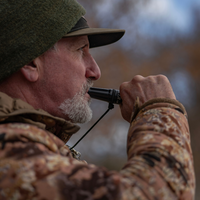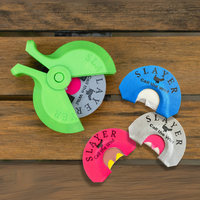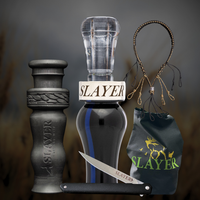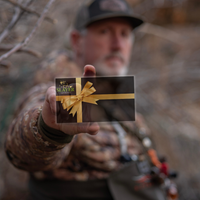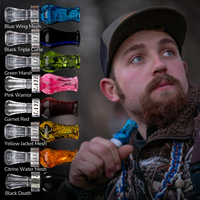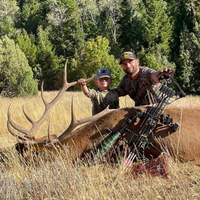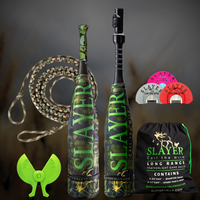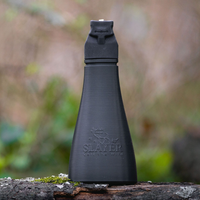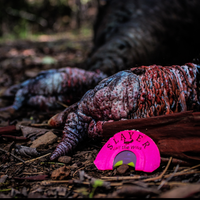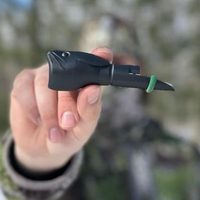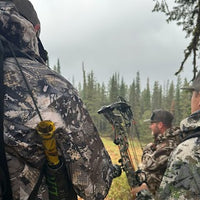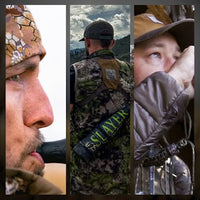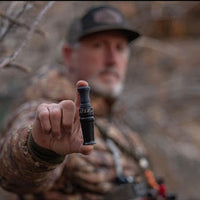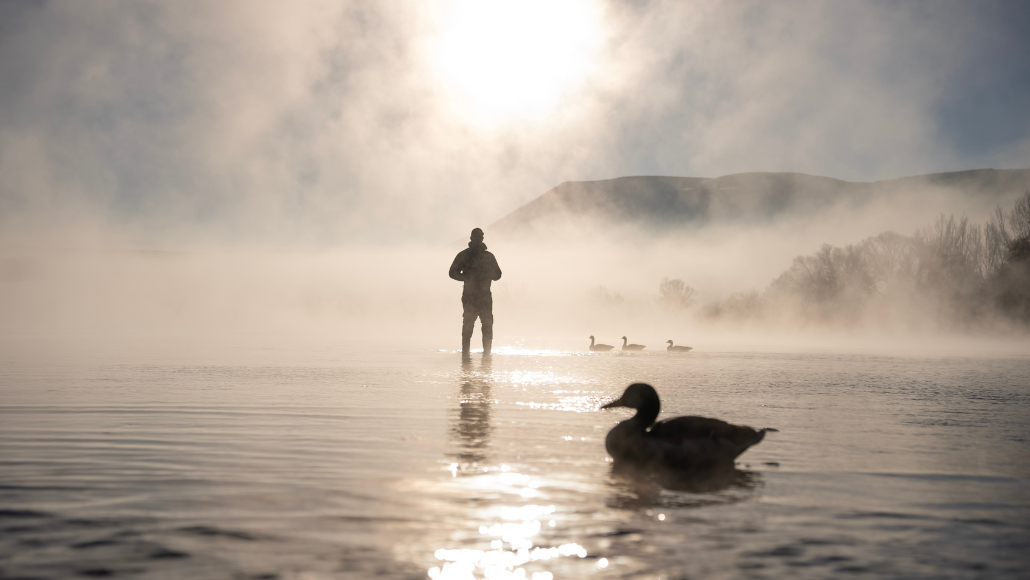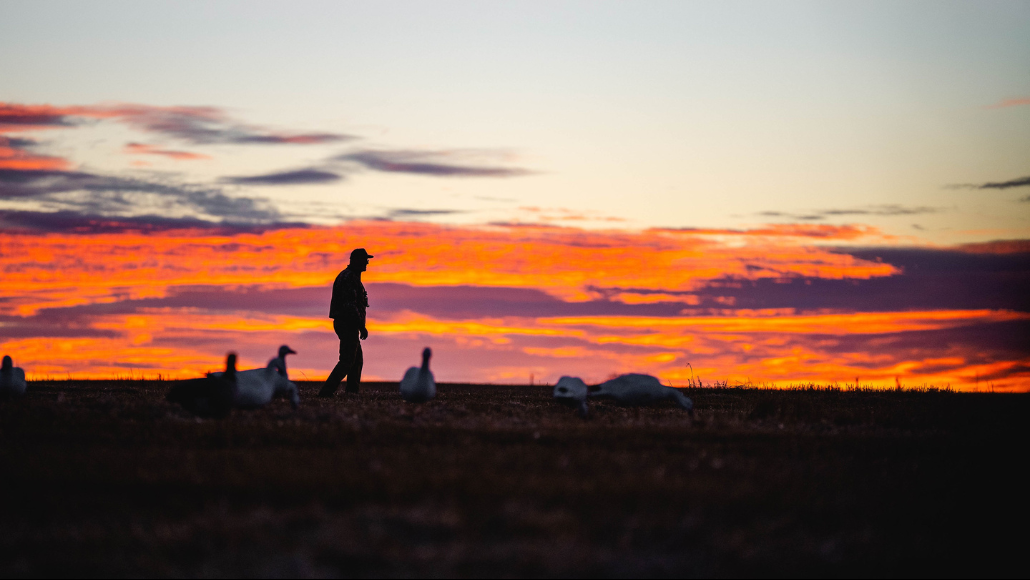The Fastest 30 Minutes in Waterfowling
For waterfowlers across the country, teal season isn’t just an opener — it’s a tradition. Those early September mornings carry a kind of electricity you don’t feel any other time of year. The flights are quick, the chaos is real, and the window is short. Blink, and you’ll miss it.
Hunters call teal season “the fastest 30 minutes in waterfowling” for a reason. At first light, flocks rocket through the marsh like fighter jets, darting and banking low over decoys. By the time the sun’s up, the show is usually over. That rush is what makes teal season so addictive — you’ve got one shot to get it right.
But in the middle of that whirlwind, success comes down to preparation. Good scouting, smooth teamwork, sharp shooting, and well-timed calling are what help turn that short window into a memorable hunt.
Teal Hunting Tips to Maximize Success
Scout the Right Water
Teal love shallow, muddy water. Rice fields, moist-soil impoundments, shallow ponds, and backwater sloughs are prime. If the water’s only a few inches deep with seed and vegetation, you’re in business.
Keep Your Spread Small and Simple
Forget the big spreads — teal prefer tight groups. A dozen or two decoys bunched close together with an open pocket for landing looks natural and effective.
Add Movement
Still mornings need motion. A spinning-wing decoy or a jerk rig to ripple the water can be deadly, pulling teal right into the spread.
Be Ready Early
Teal fly hard at legal shooting light. Have your spread set and gun loaded before the sky glows — often the hunt is winding down by 8:00 a.m.
Load Light, Lead Big
These little rockets can fly 60 mph. Most hunters shoot size 6 or 7 steel with an improved cylinder choke. Swing farther ahead than you think — teal outrun shot strings easily.
Hide Like It Matters
Teal skim low and spot sloppy hides quick. Blend into vegetation, keep shiny gear tucked away, and stay still — they’ll often buzz past at eye level.
Watch the Weather
North winds and cold fronts move teal in overnight. Hunters who track weather patterns often get the best flights.
Expect Variety
Teal opener can overlap with pintails, wigeon, or even doves in some regions. Know your bird ID before pulling the trigger.
Soak It In
The chaos may only last 20–30 minutes, but that’s the magic. Slow down and enjoy the sunrise and adrenaline rush — that’s teal tradition.
Why Whistles Shine in Teal Season
Most hunters lean on a mallard call, but teal — and the other early season ducks that buzz the marsh — respond best to whistles. Whistles cut through the chaos without overwhelming birds and add realism to mixed flocks.
Think of a whistle as your tool for chaos management. When teal are zipping the decoys or pintails are sliding wide, the right whistle note can be the difference between watching birds leave or finishing them in your spread.
 Four Whistle Sounds Every Hunter Should Master
Four Whistle Sounds Every Hunter Should Master
- Blue-Winged Teal Peep: Short, sharp peeps mimic the high-pitched calls of teal hens.
- Pintail Whistle: A rolling, descending whistle that convinces wary pintails to finish tight.
- Wigeon Call: The signature “whee-oo” whistle of wigeon drakes — great for mixed-flock hunts.
- Drake Mallard Whistle: A subtle, two-note sound that shines late season when ducks avoid loud quacks.
Mastering these four sounds gives you a calling toolkit that extends well beyond teal season.
Choosing the Right Whistle
Not all whistles carry well in a marsh or are easy to run in the heat of teal chaos. When choosing a duck whistle, focus on three things:
- Volume and clarity so sound cuts through wind and distance. Teal are fast movers, and if your whistle doesn’t carry, you’ll get ignored.
- Ease of use, because you don’t have time for finger gymnastics when flocks are buzzing the decoys. A whistle should be intuitive enough that you can run it without thinking.
- Durability, since teal season often means muddy boots, wet blinds, and gear that gets tossed around.
That’s exactly why Slayer developed Whistler’s Mother, a 4-in-1 duck whistle designed to solve the two biggest hunter complaints — whistles being too quiet or too complicated. With a simple two-hole design, it produces all four must-know sounds (teal, pintail, wigeon, drake mallard), projects loudly across open water, and is machined from ultra-tough DELRIN to hold up in any season.
In other words, it checks the boxes for what hunters should look for: loud, realistic, beginner-friendly, and built to last.
Bringing It All Together
Teal season comes and goes fast — but preparation makes those fleeting minutes count. A strong hide, a simple spread with motion, and the right whistle sounds can help you manage the chaos and turn the fastest 30 minutes of waterfowling into a hunt you’ll remember.
If you spend time this summer practicing those four core whistle sounds, you’ll step into the marsh with confidence — ready to soak up every sunrise, every flight, and every second of teal season tradition.

